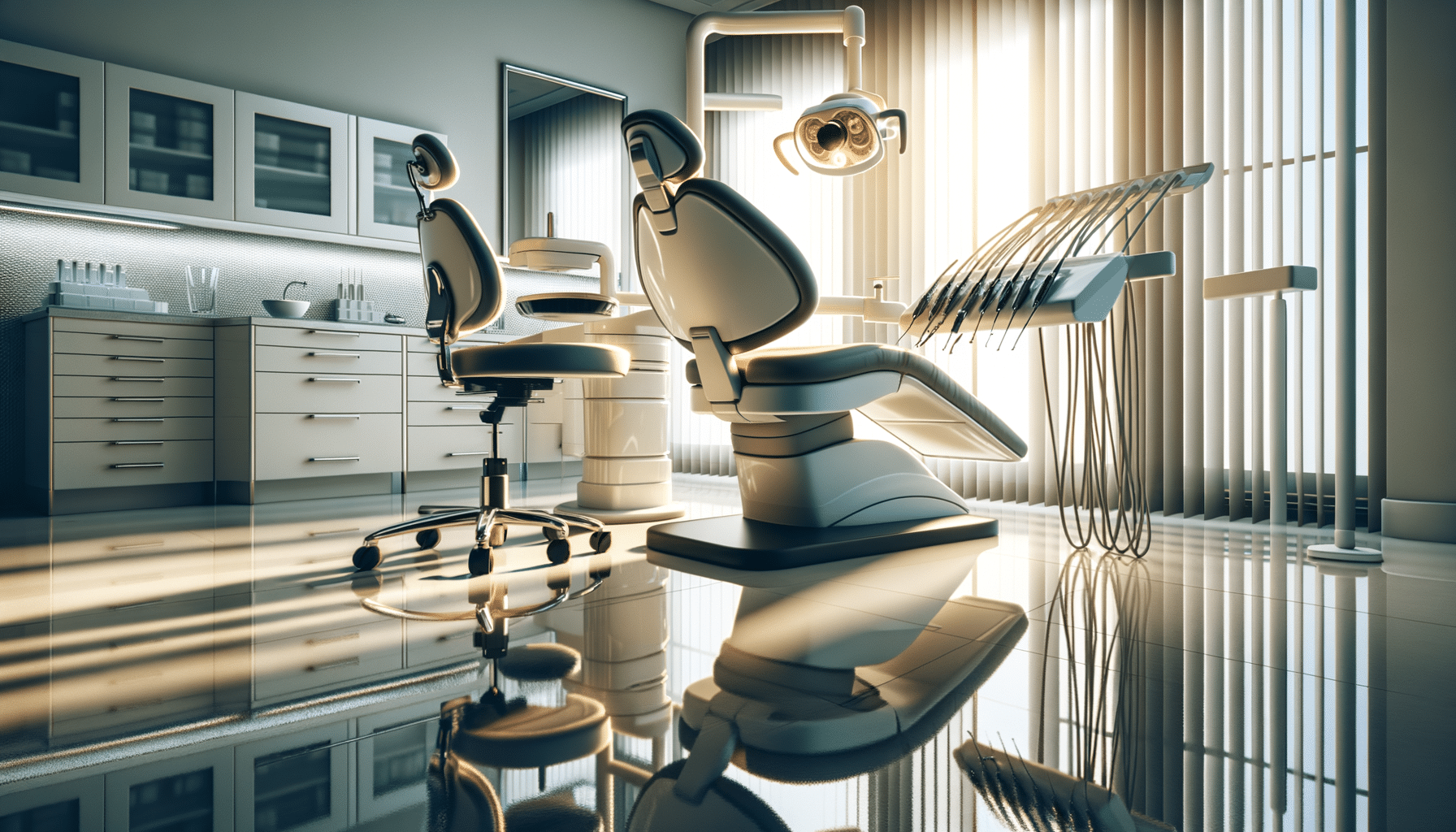
Learn more about orthodontics
Introduction to Orthodontics
Orthodontics is a specialized branch of dentistry that addresses the diagnosis, prevention, and correction of malpositioned teeth and jaws. This field not only focuses on enhancing the aesthetic appearance of the smile but also plays a crucial role in improving oral health and function. Misaligned teeth and jaws can lead to various dental issues, including difficulty in cleaning teeth, increased risk of tooth decay and gum disease, and even speech impediments.
Orthodontic treatments have evolved significantly over the years, offering a range of solutions from traditional metal braces to modern clear aligners. These advancements have made it easier for individuals of all ages to seek orthodontic care, emphasizing the importance of oral health at every stage of life.
The Importance of Orthodontic Treatment
Orthodontic treatment is not merely about achieving a straighter smile. It encompasses a wide range of benefits that contribute to overall oral health. Properly aligned teeth are easier to clean, reducing the risk of cavities and periodontal diseases. Additionally, orthodontics can address issues such as overbites, underbites, and crossbites, which, if left untreated, can lead to jaw pain and dysfunction.
Furthermore, orthodontic treatment can improve speech clarity and chewing efficiency. For children, early intervention can guide jaw growth and permanent teeth alignment, reducing the need for more extensive treatment in the future. Adults, too, can benefit from orthodontics, as correcting misalignments can prevent tooth wear and improve facial symmetry.
Types of Orthodontic Treatments
Orthodontics offers a variety of treatment options tailored to meet individual needs and preferences. Traditional metal braces are among the most common, known for their effectiveness in treating complex cases. Ceramic braces offer a more aesthetic alternative, using tooth-colored brackets for a less noticeable appearance.
Clear aligners have gained popularity for their convenience and discreetness. These removable trays align teeth without the need for brackets or wires, making them a favored choice for adults and teens. Lingual braces, which are placed on the inside of the teeth, provide another inconspicuous option.
Each treatment type has its advantages, and the choice often depends on the specific dental issues, patient preferences, and lifestyle considerations. Consulting with an orthodontist can help determine the most suitable approach for achieving optimal results.
The Process of Orthodontic Treatment
The journey to a healthier, more aligned smile typically begins with a comprehensive consultation with an orthodontist. During this initial visit, the orthodontist will evaluate the patient’s dental condition, discuss treatment goals, and take diagnostic records such as X-rays and photographs.
Once a treatment plan is established, the orthodontist will explain the chosen method, estimated duration, and expected outcomes. Regular follow-up appointments are crucial to monitor progress and make necessary adjustments. These visits ensure that the treatment is proceeding as planned and allows for any modifications to enhance effectiveness.
Patient cooperation is essential throughout the treatment process. Maintaining good oral hygiene, adhering to dietary guidelines, and wearing appliances as instructed are key factors in achieving successful results.
Conclusion: Embracing the Benefits of Orthodontics
Orthodontics plays a pivotal role in enhancing both the functionality and aesthetics of the oral cavity. By addressing misalignments and bite issues, orthodontic treatment contributes to improved oral health, greater self-confidence, and a better quality of life.
Whether seeking treatment for a child, a teenager, or an adult, the benefits of orthodontics are far-reaching. With a variety of treatment options available, individuals can find a solution that fits their needs and lifestyle. Embracing orthodontic care is a step towards a healthier, more beautiful smile that can last a lifetime.


